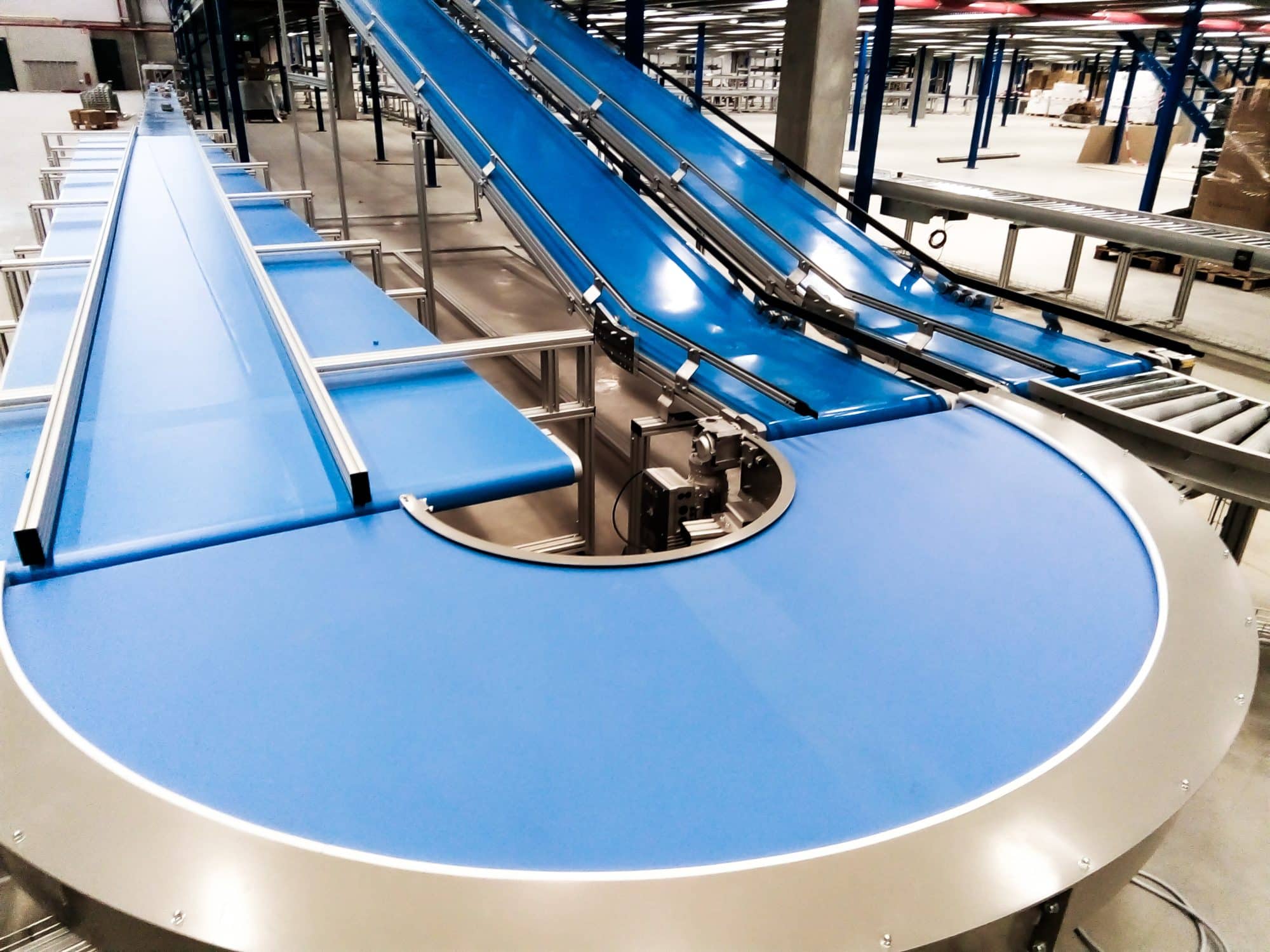The Future of Sustainable Conveyor Options: PVC Insights
The Future of Sustainable Conveyor Options: PVC Insights
Blog Article

In the rapidly evolving industrial landscape, the need for sustainable and efficient material handling solutions has never been more critical. As businesses increasingly focus on reducing their environmental footprint, the choice of conveyor systems becomes paramount. Among these, rubber and PVC conveyor belts stand out not just for their performance but also for their potential to align with sustainability goals. The shift towards eco-friendly practices in the design, development, and production of these conveyor options is setting new standards in the industry.
Rubber conveyor belts have long been a staple in various sectors due to their durability and resilience, while PVC conveyor belts offer unique advantages in terms of flexibility and customization. Together, they play a pivotal role in enhancing operational efficiency across different applications. Additionally, rubber drive belts complement these systems, contributing to the overall effectiveness of conveyor operations. As we delve deeper into the future of sustainable conveyor options, it becomes essential to explore how advancements in these materials can meet the demands of modern industry while promoting a greener approach to manufacturing and logistics.
Advancements in PVC Conveyor Technology
The recent advancements in PVC conveyor technology have significantly enhanced their efficiency and durability in various industrial applications. Innovative formulations and production techniques have led to the development of high-performance PVC materials that can withstand harsh environmental conditions, temperature fluctuations, and chemical exposures. These improvements ensure that PVC conveyor belts maintain their integrity and efficiency over prolonged use, thus reducing downtime and maintenance costs.
Furthermore, designers are now able to create PVC conveyor belts with superior flexibility and strength. This allows for better adaptation to different conveyor systems and product needs. The lighter weight of modern PVC materials also contributes to lower energy consumption during operation. Enhanced surface designs, such as textured or patterned surfaces, improve grip and reduce slippage, which is particularly important in applications involving inclined or high-speed conveyors.
Additionally, advancements in PVC conveyor technology have focused on sustainability. Many manufacturers are incorporating recycled materials into the production of PVC conveyor belts, thus reducing environmental impact. The ongoing research into biodegradable additives further supports the movement toward greener practices in the conveyor industry. These developments reflect a growing commitment to combining performance with environmental responsibility, paving the way for a more sustainable future in conveyor solutions.
Sustainability in Rubber Belt Production
The production of rubber conveyor belts has evolved significantly with a growing emphasis on sustainability. Manufacturers are increasingly utilizing recycled materials in the formulation of rubber compounds, reducing the demand for virgin petroleum-based resources. This not only diminishes environmental impact but also supports a circular economy by repurposing waste materials into new products. Innovations in raw material sourcing are setting new standards for eco-friendly practices within the industry.
Chevron Conveyor Belt Suppliers
Furthermore, advancements in production technology are facilitating more energy-efficient processes. Modern rubber belt manufacturing lines are designed to minimize waste and optimize energy usage. Techniques such as precision molding and reduced curing times contribute to significant energy savings and lower carbon emissions. As companies embrace these greener technologies, they can enhance their competitiveness while adhering to stricter environmental regulations.
Lastly, the lifecycle of rubber conveyor belts is being taken into consideration more than ever before. Strategies are being developed to extend belt longevity and reduce overall waste, including improved maintenance protocols and the introduction of reclaiming processes. This holistic approach not only benefits the environment but also offers economic advantages to businesses through reduced replacement costs and increased operational efficiency.
Comparative Analysis of Conveyor Materials
When evaluating conveyor materials, it is essential to compare the properties of rubber and PVC. Rubber conveyor belts are known for their durability and strength, making them suitable for heavy-duty applications. They can withstand harsh conditions and extreme temperatures, providing excellent traction and flexibility. This makes them ideal for industries like mining and heavy manufacturing where heavy loads and tough environments are common.
On the other hand, PVC conveyor belts offer unique advantages in terms of design and adaptability. They are lightweight and provide a smooth surface, which is advantageous in applications requiring easy product transfer, such as food processing and packaging. Additionally, PVC belts are resistant to moisture and chemicals, making them a popular choice in industries where clean environment standards must be met. The versatility of PVC allows for customization to fit specific operational needs, leading to increased efficiency.
Rubber drive belts serve a distinct purpose in powering conveyor systems. Their robust construction ensures a reliable transfer of power, essential for the operation of machinery. The choice between rubber and PVC materials depends on the specific requirements of the application, including load capacity, environmental conditions, and regulatory standards. By analyzing the strengths and weaknesses of these materials, businesses can make informed decisions that enhance productivity while supporting sustainable practices.
Report this page